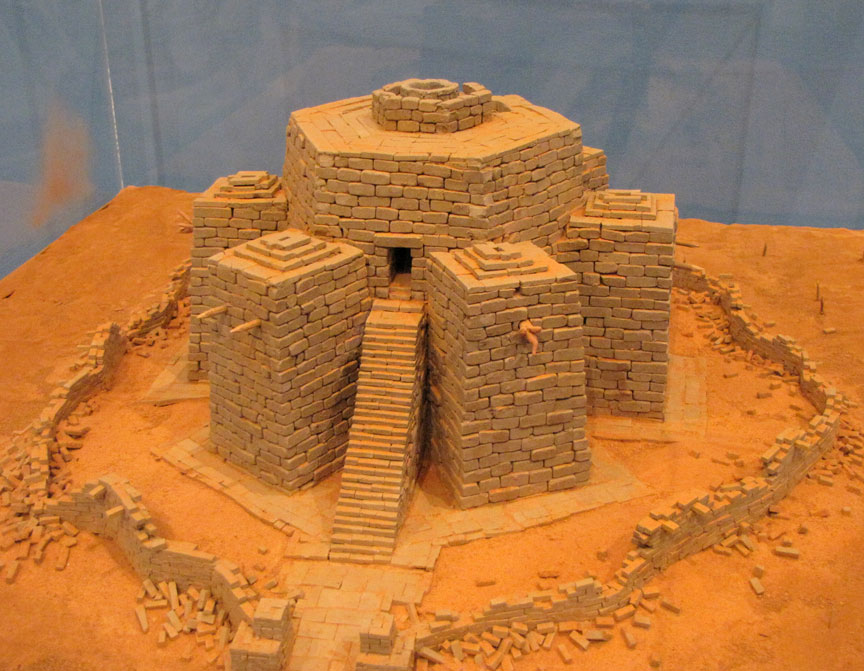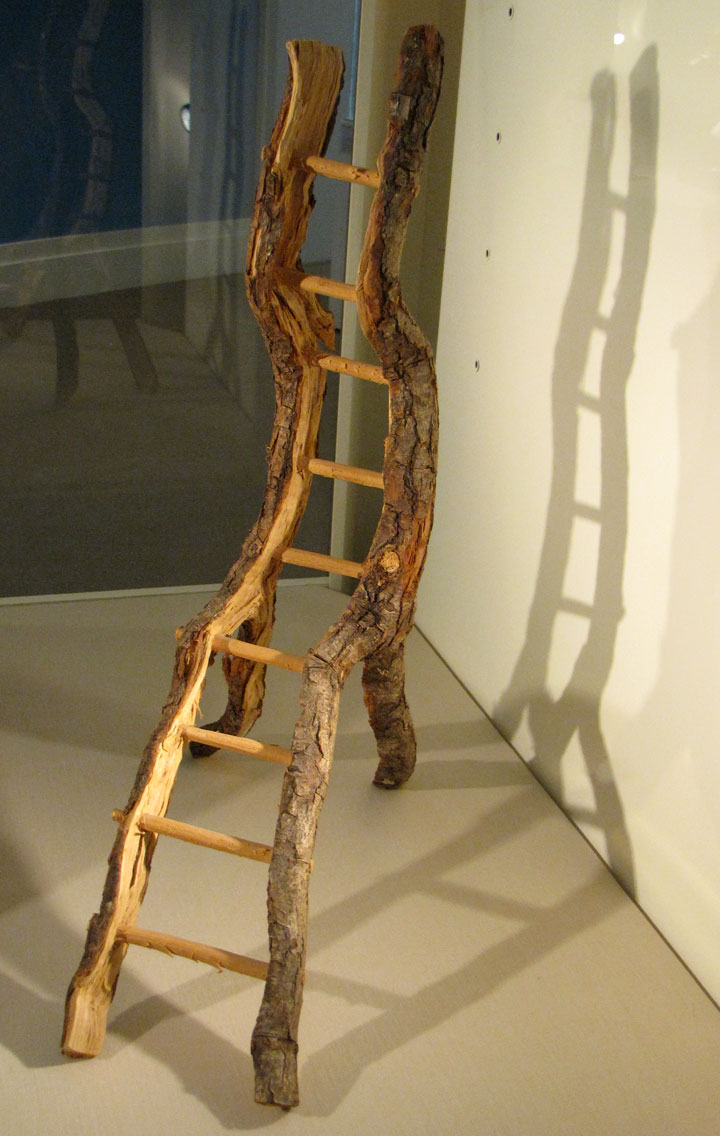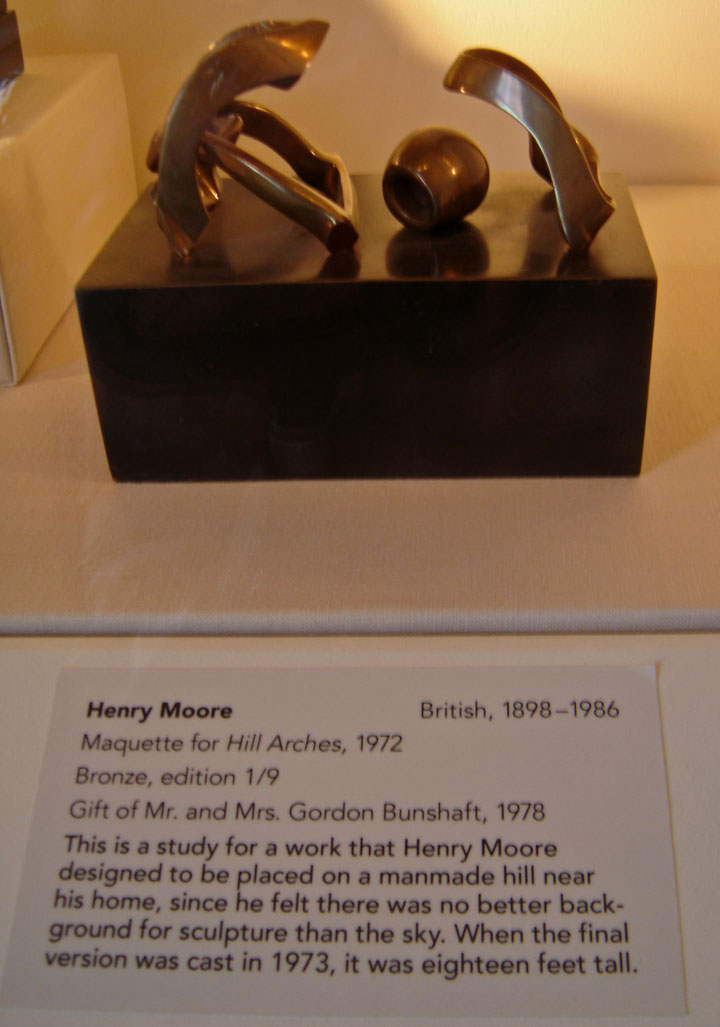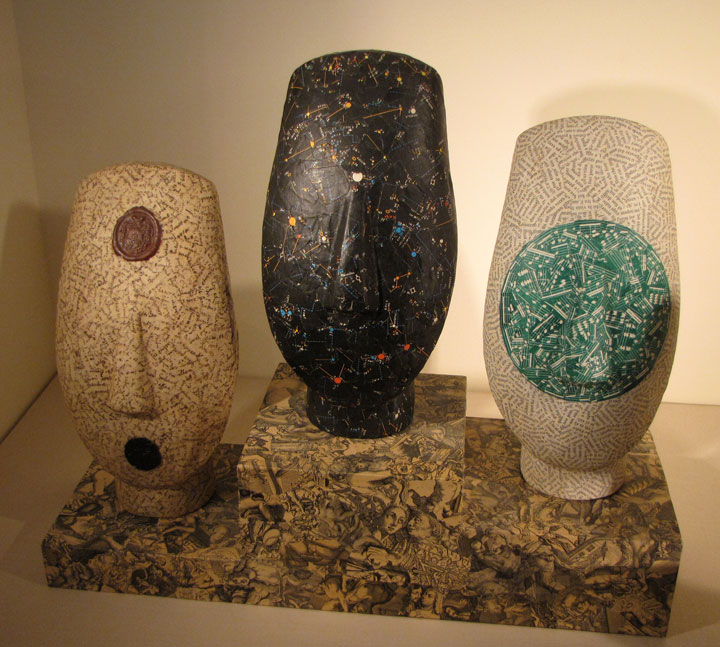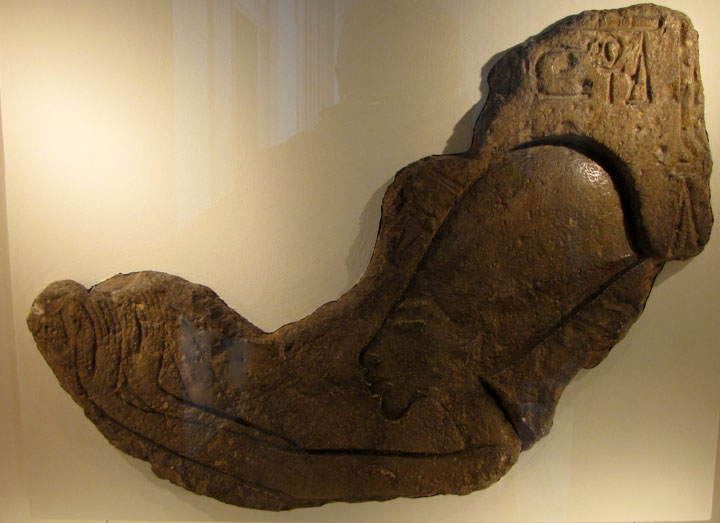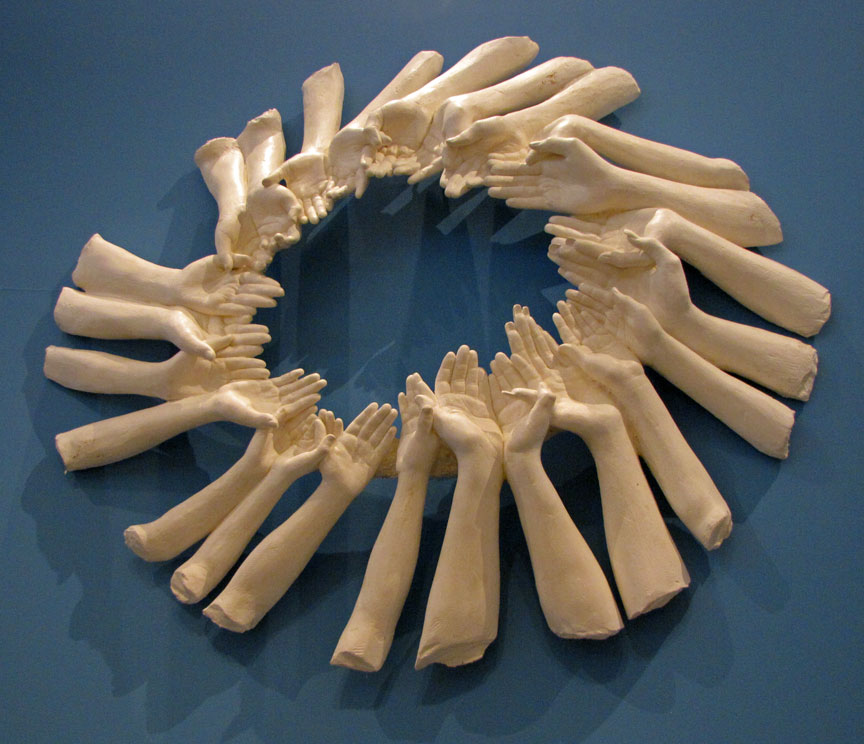

Albright-Knox Art Gallery
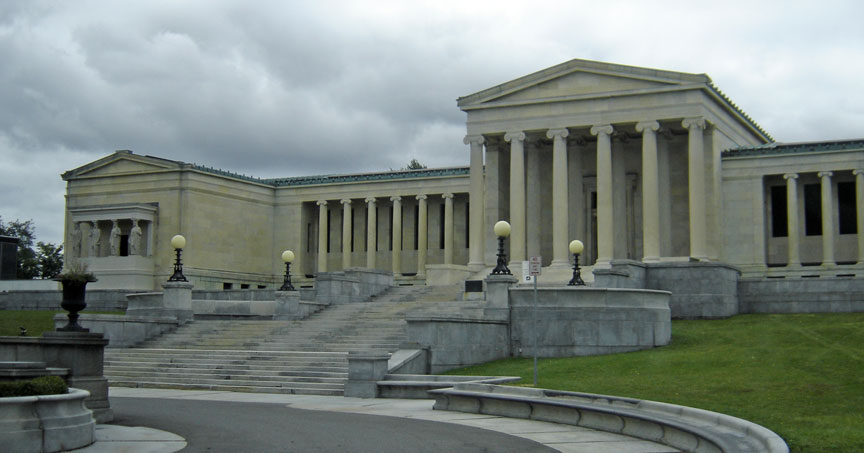
Buffalo Fine Arts Academy
The Albright-Knox Art Gallery is a major showplace for modern art and contemporary art located on Delaware Park in Buffalo, New York. It is located directly across the street from Buffalo State College.

The parent organization of the Albright-Knox Art Gallery is the Buffalo Fine
Arts Academy, founded in 1862. It is one of the oldest public arts institutions
in the United States. In 1890, Buffalo entrepreneur and philanthropist, John J.
Albright, a wealthy Buffalo industrialist, began the construction of the
Albright Art Gallery for the Academy. The building was designed by prominent
local architect Edward Brodhead Green. It was originally intended to be used as
the Fine Arts Pavilion for the Pan-American Exposition in 1901, but delays in
its construction caused it to remain uncompleted until 1905.
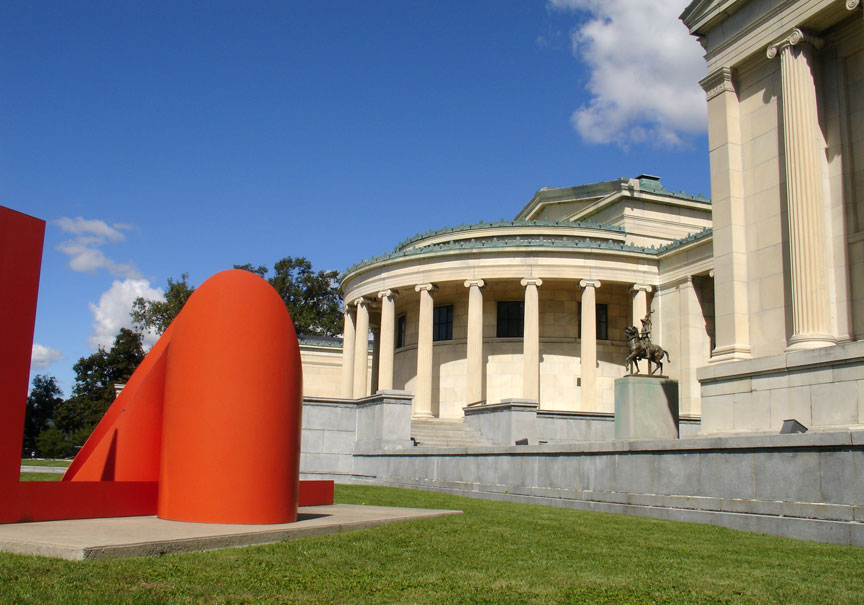
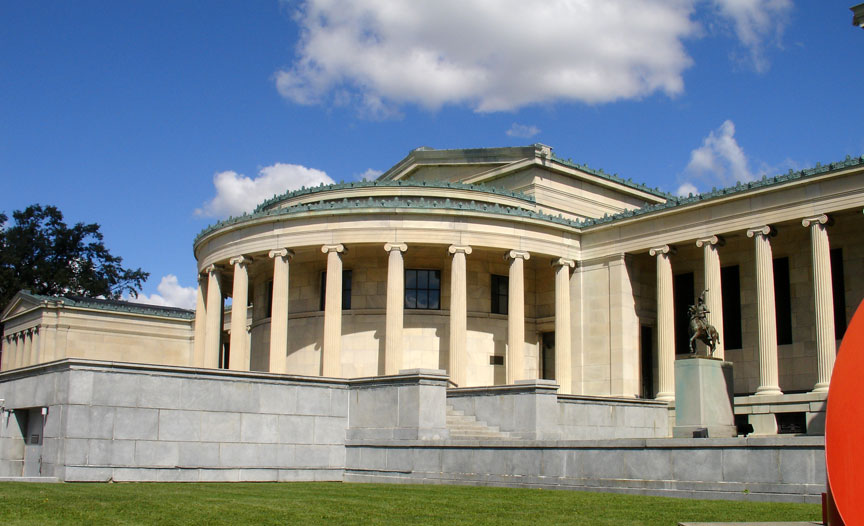

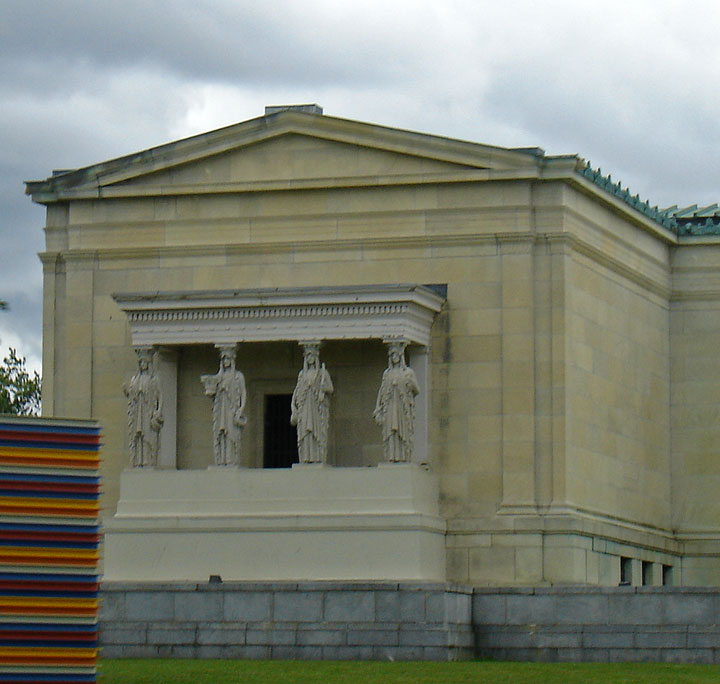
reproduction of a classic from the Parthenon in Greece
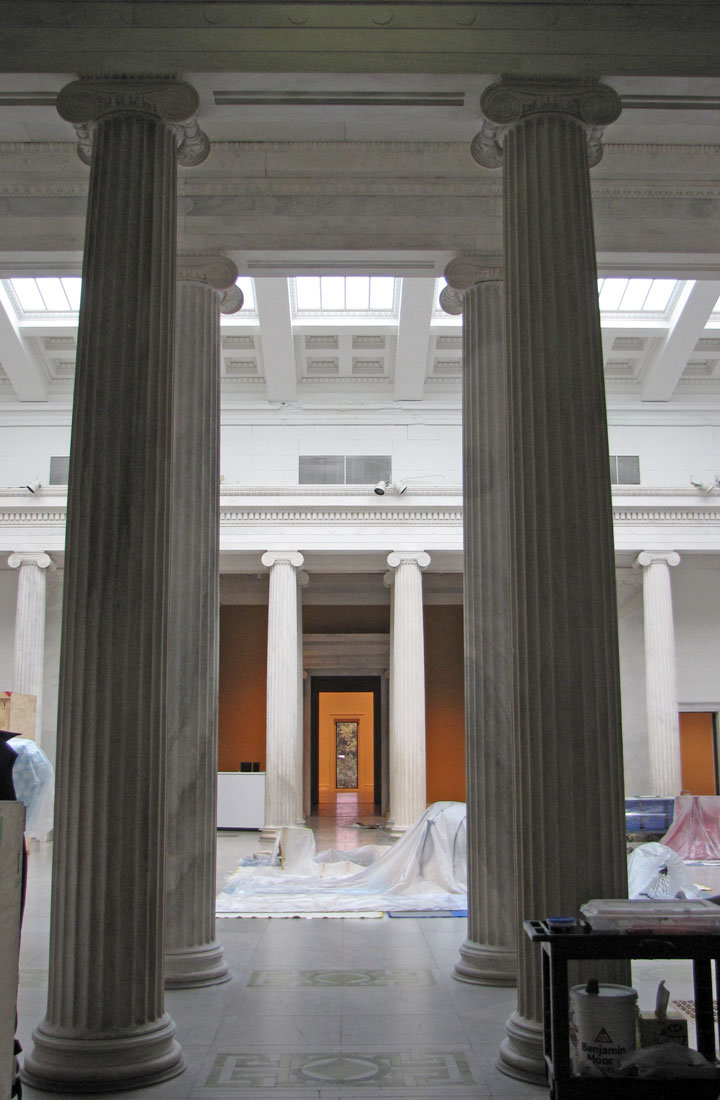
classic gallery

floor design
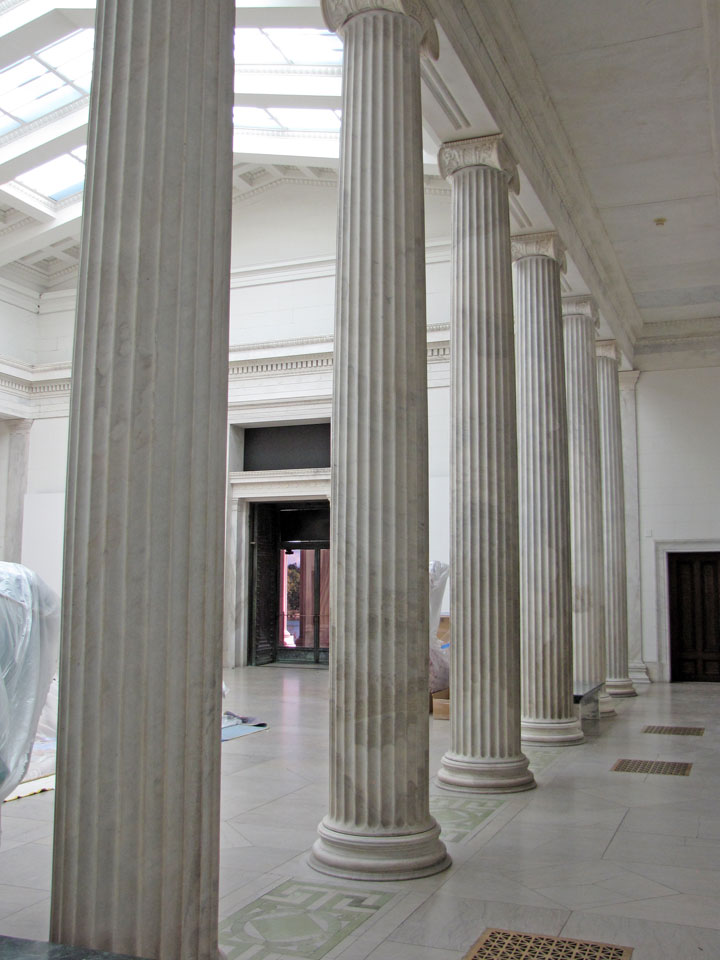
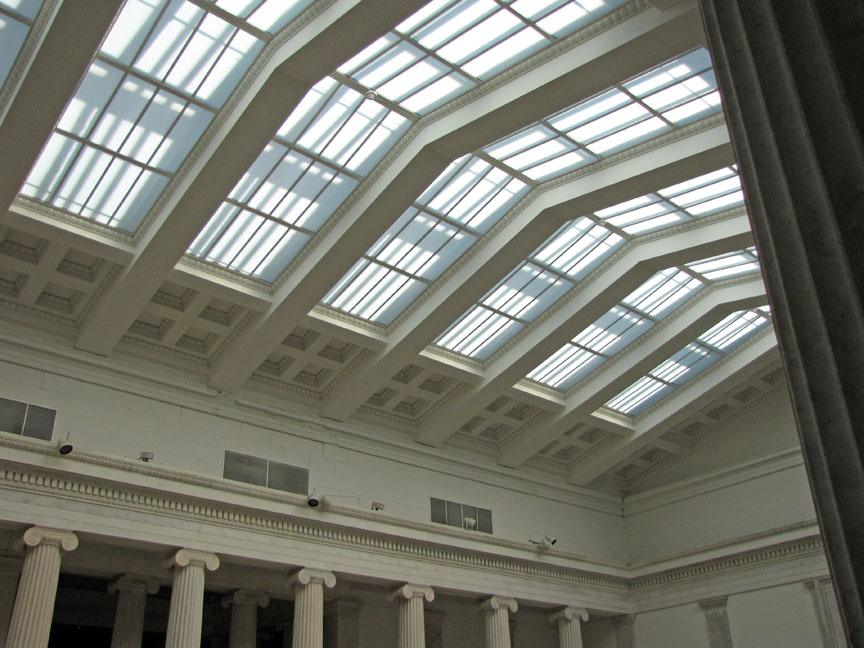
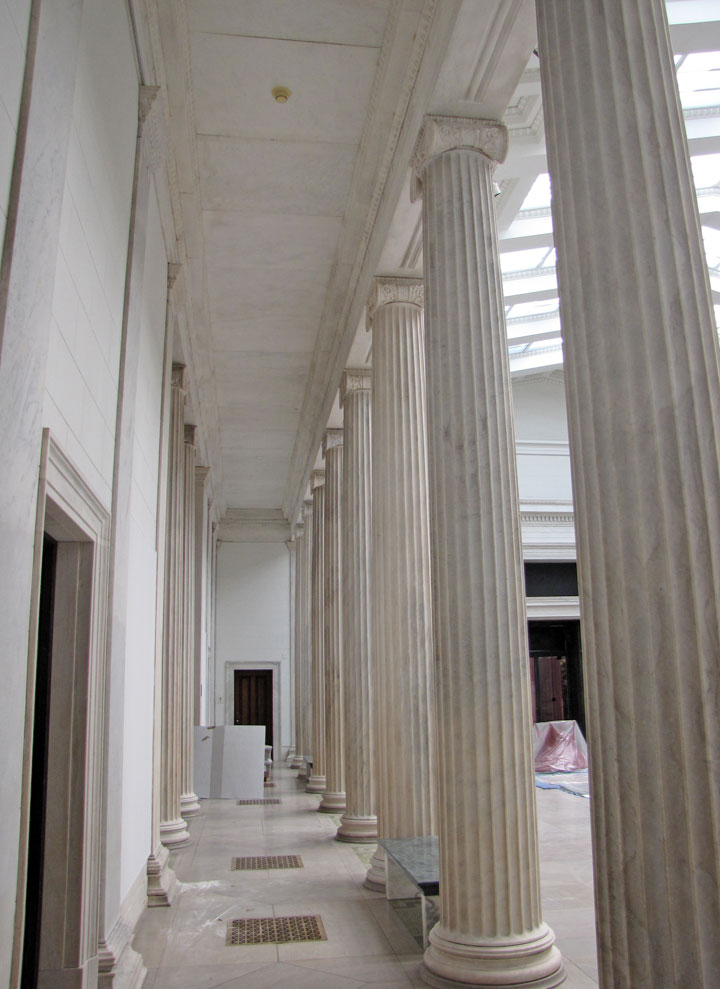
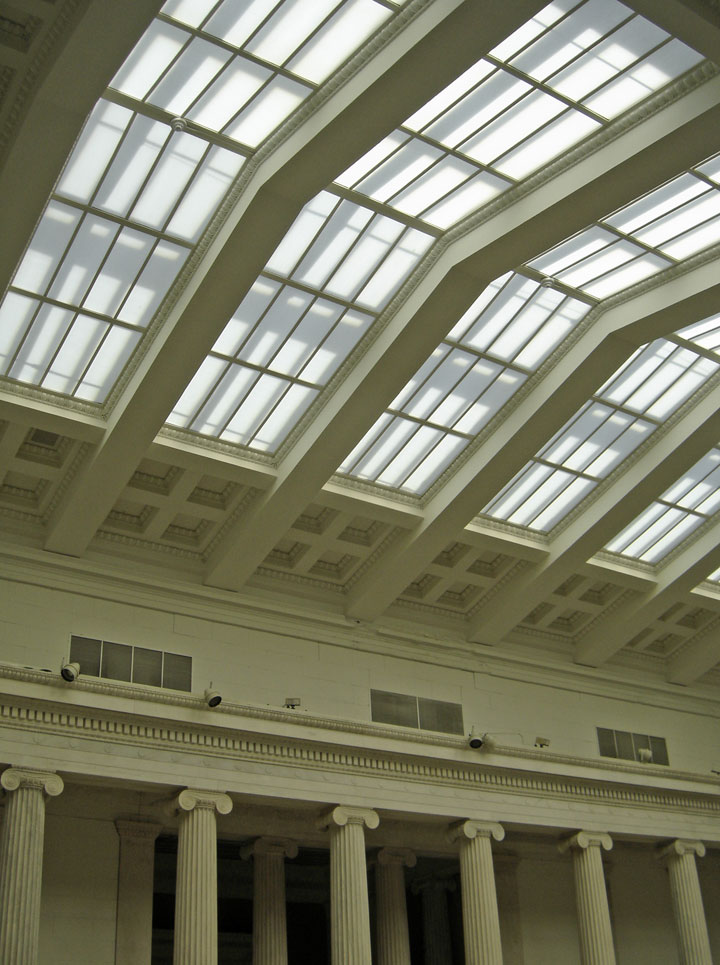
In 1962 a new addition was made to the gallery through the contributions of
Seymour H. Knox, Jr. and his family, and many other donors. At this time the
museum was renamed the Albright-Knox Art Gallery. The new building was designed
by Skidmore, Owings and Merrill architect Gordon Bunshaft, who is noted for the
Lever House in New York City.

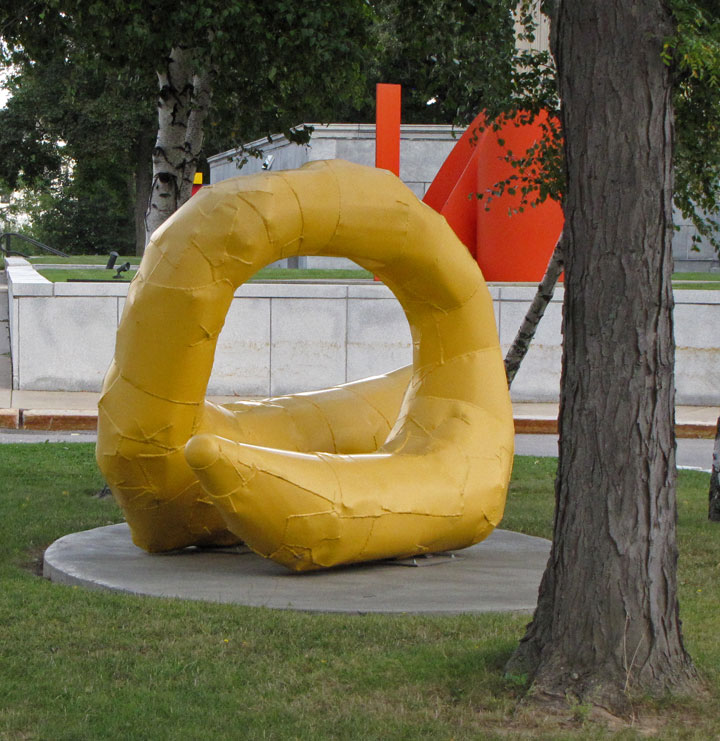

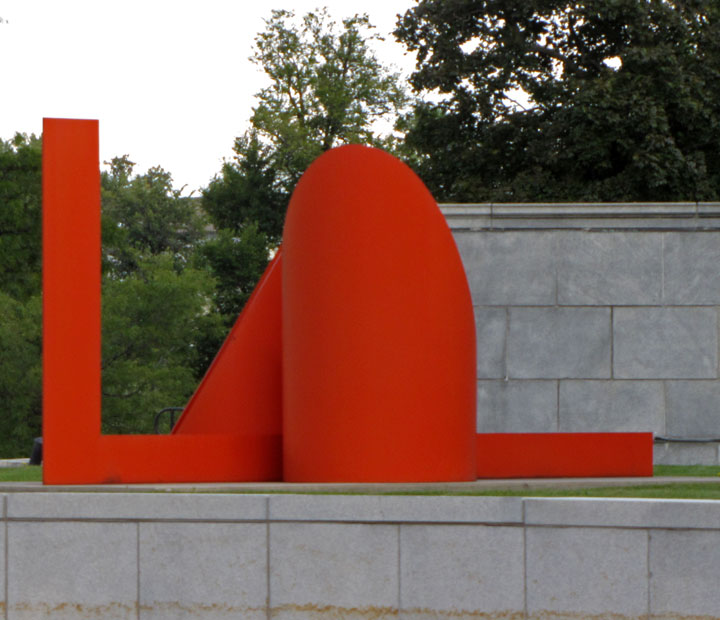
The Albright-Knox Art Gallery is listed in the National Register of Historic
Places.
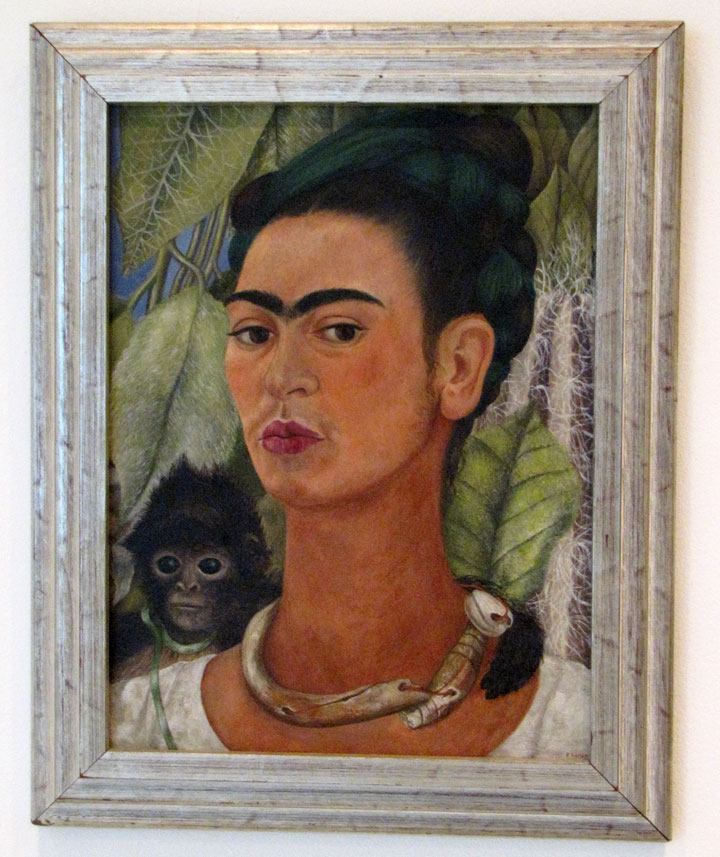
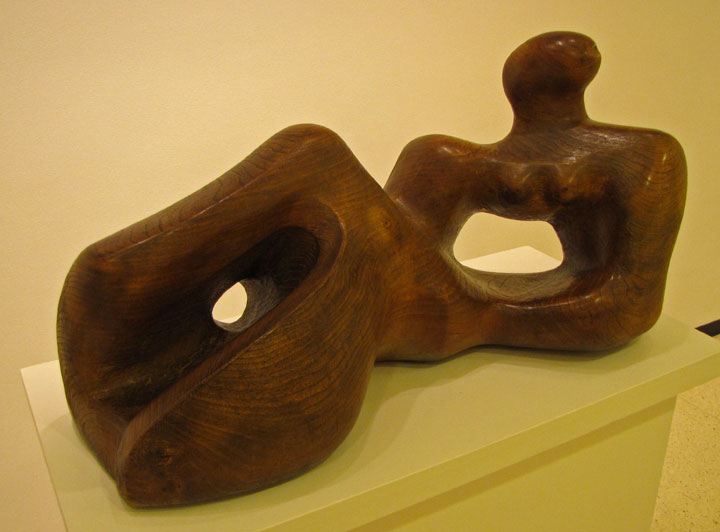
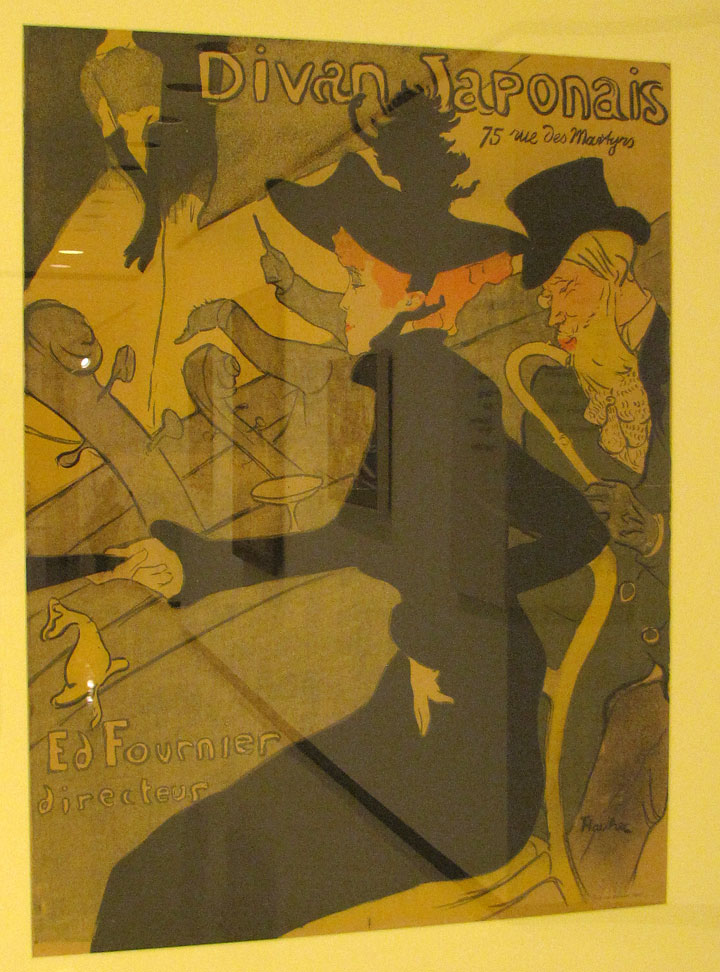

The gallery's collection includes several pieces spanning art throughout the
centuries. Impressionistic and Post-Impressionistic styles can be found in works
by artists of the nineteenth century such as Paul Gauguin and Vincent van Gogh.
Revolutionary styles from the early twentieth century such as cubism,
surrealism, constructivism are represented in works by artists like Pablo
Picasso, Georges Braque, Henri Matisse, André Derain, Joan Miró, Piet Mondrian,
and Alexander Rodchenko. More modern pieces showing styles of abstract
expressionism, pop art, and art of the 1970s through the end of the century can
also be found represented by artists such as Arshile Gorky, Jackson Pollock, and
Andy Warhol. Their contemporary collection includes pieces by artists such as
Kiki Smith, Allan Graham, Georg Baselitz, John Connell, and Per Kirkeby.
Additionally, the gallery is also very rich in various pieces of post-war
American and European art.

Old Masters from the Buffalo Fine
Arts Academy were deaccessioned
to acquire items like this
On June 7, 2007, a Roman era bronze sculpture of "Artemis and the Stag" sold at Sotheby’s auction house in New York by the Albright-Knox Art Gallery brought $28.6 million, the highest price ever paid at auction for an antiquity or a sculpture of any period, according to Sotheby's. It was purchased by the London dealer Giuseppe Eskenazi on behalf of a private European collector. The event brought national attention to what had been a local question, the mission of the Albright-Knox, which was defined by the Albright-Knox director Louis Grachos in February 2007, at the time the list of works of art to be deaccessioned, as falling outside the institution's historical "core mission" of "acquiring and exhibiting art of the present". The definition made public critics wonder whether the position at the Gallery of "William Hogarth's Lady's Last Stake or Sir Joshua Reynolds' Cupid as a Link Boy were secure; works by Gustave Courbet, Honoré Daumier, Jacques-Louis David and Eugčne Delacroix were purchased by the museum in earlier decades.
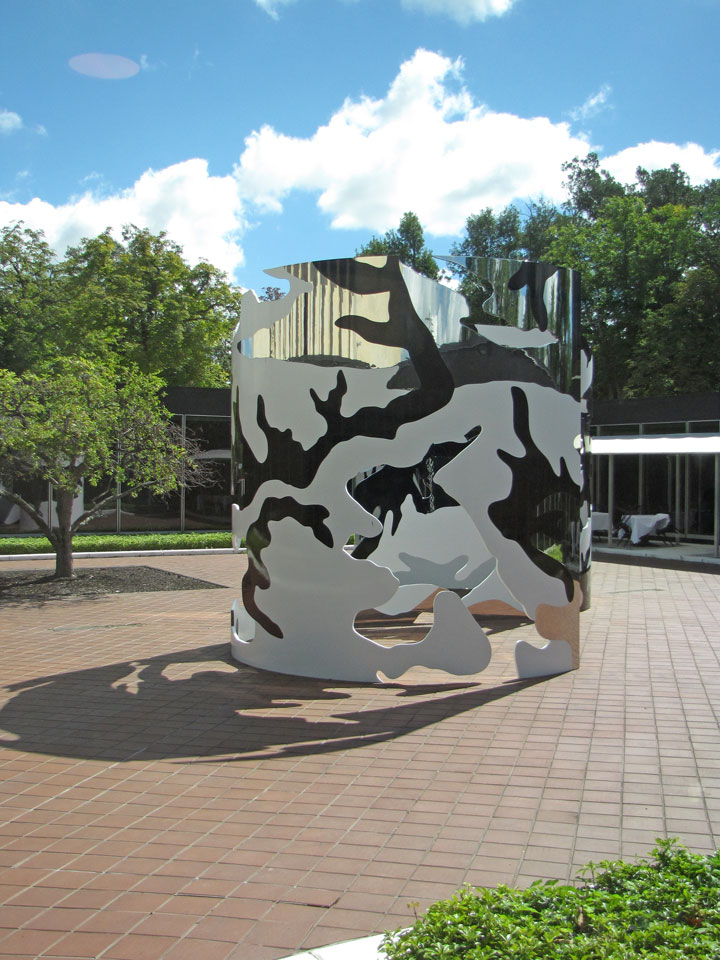
in the courtyard of the new wing
The vote to deaccession certain art works was made by a vote of the museums' Board of Directors, was voted and ratified by the entire membership, and followed the guidelines of the American Association of Museums. The sale raised questions about how museums can remain vital when they are situated in economically declining regions and have limited means for raising funds for operations and acquisitions.
Text from Wikipedia
Telling Tales
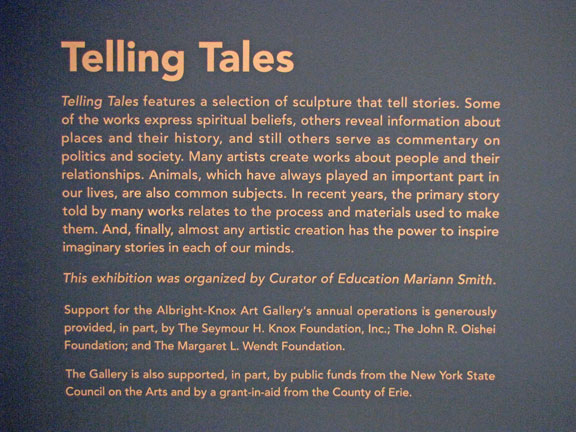
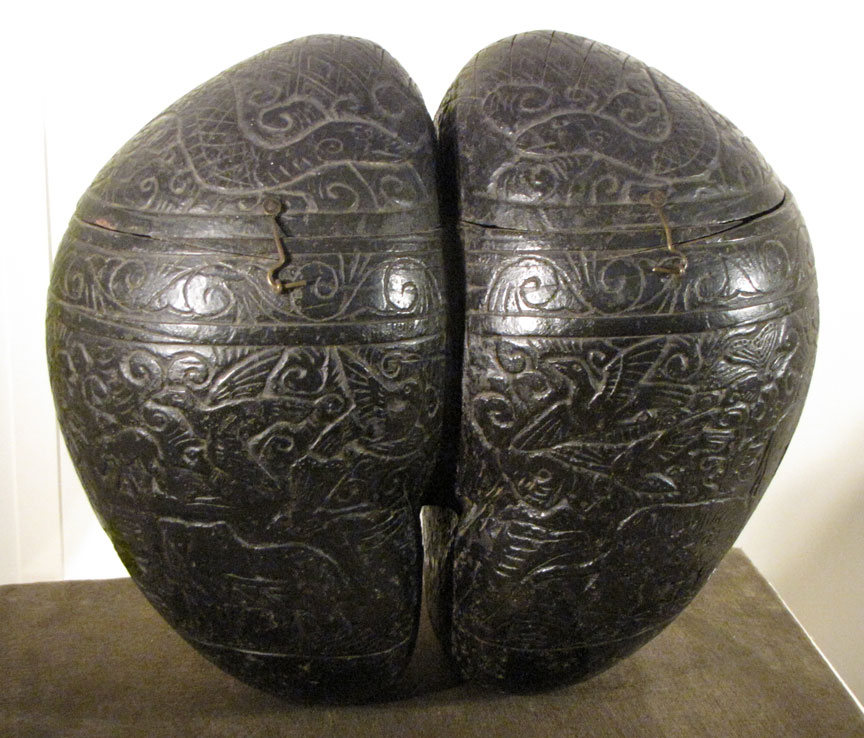
Coco de Mer
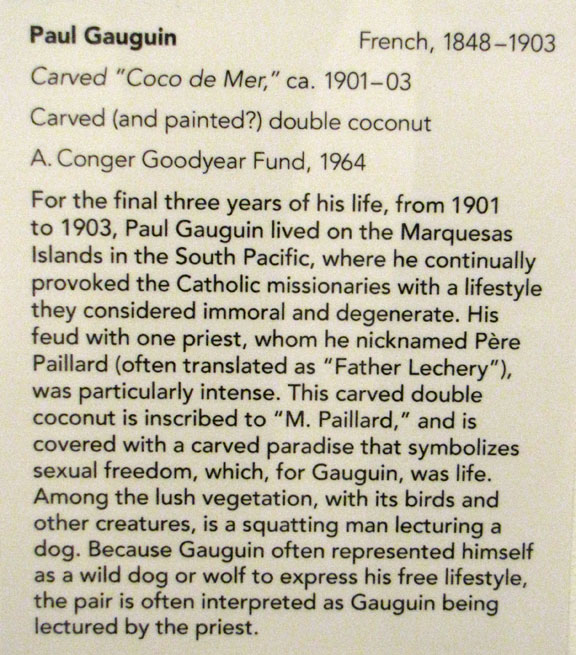
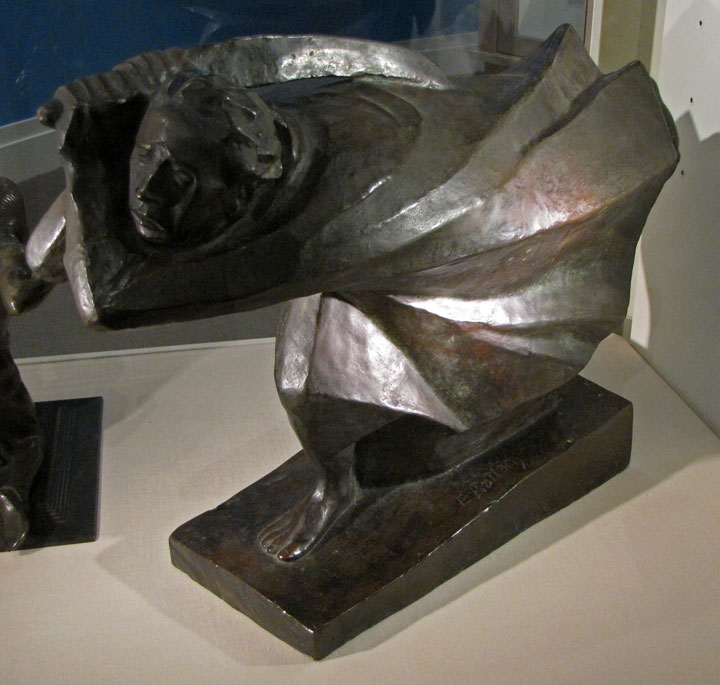
by Ernst Barlach

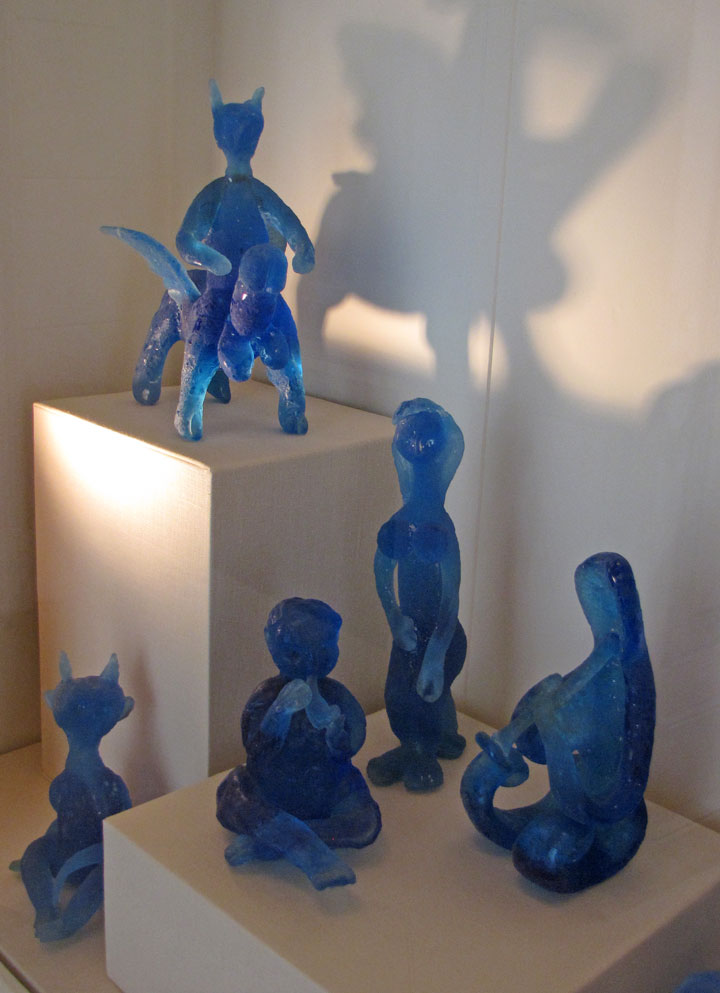
by Picasso

